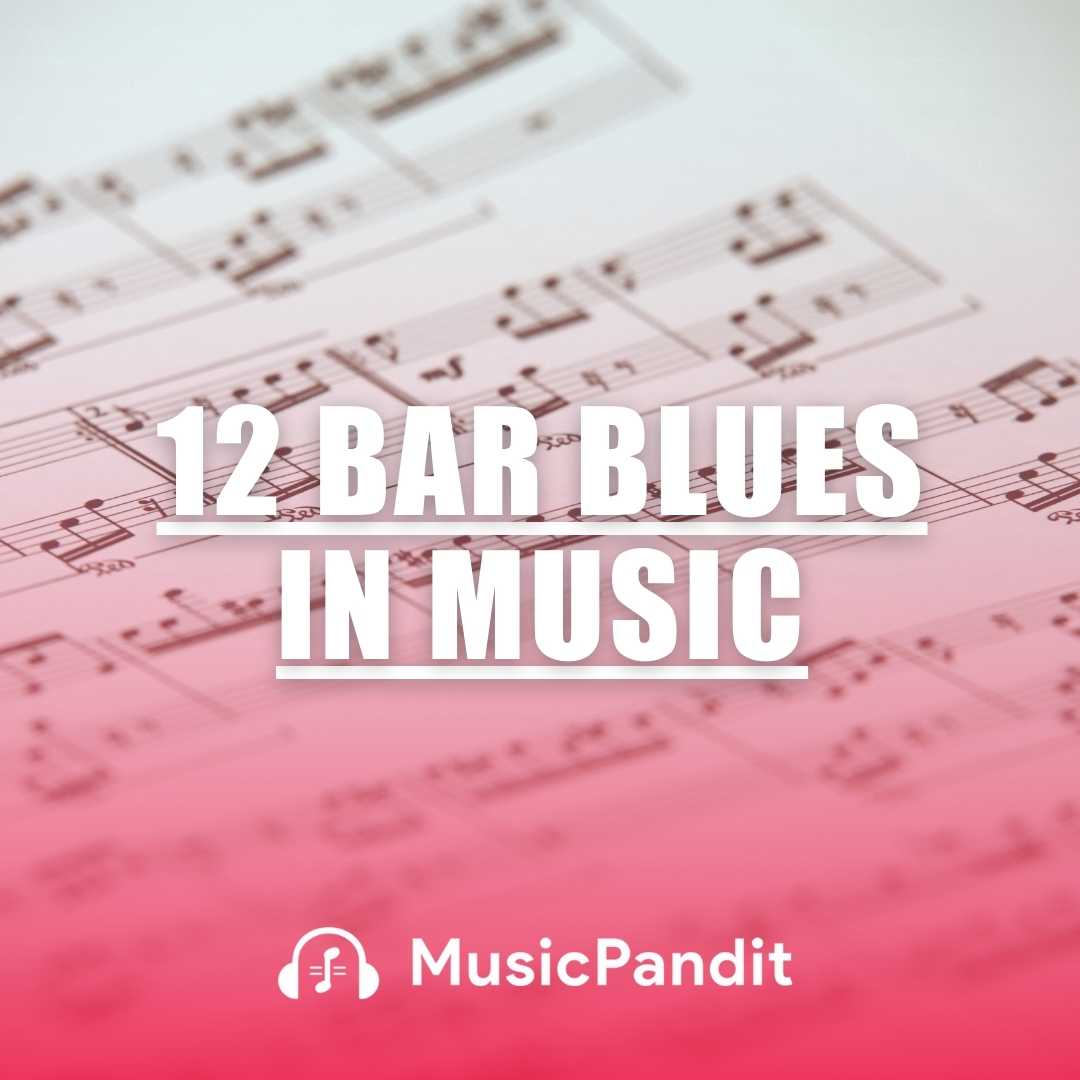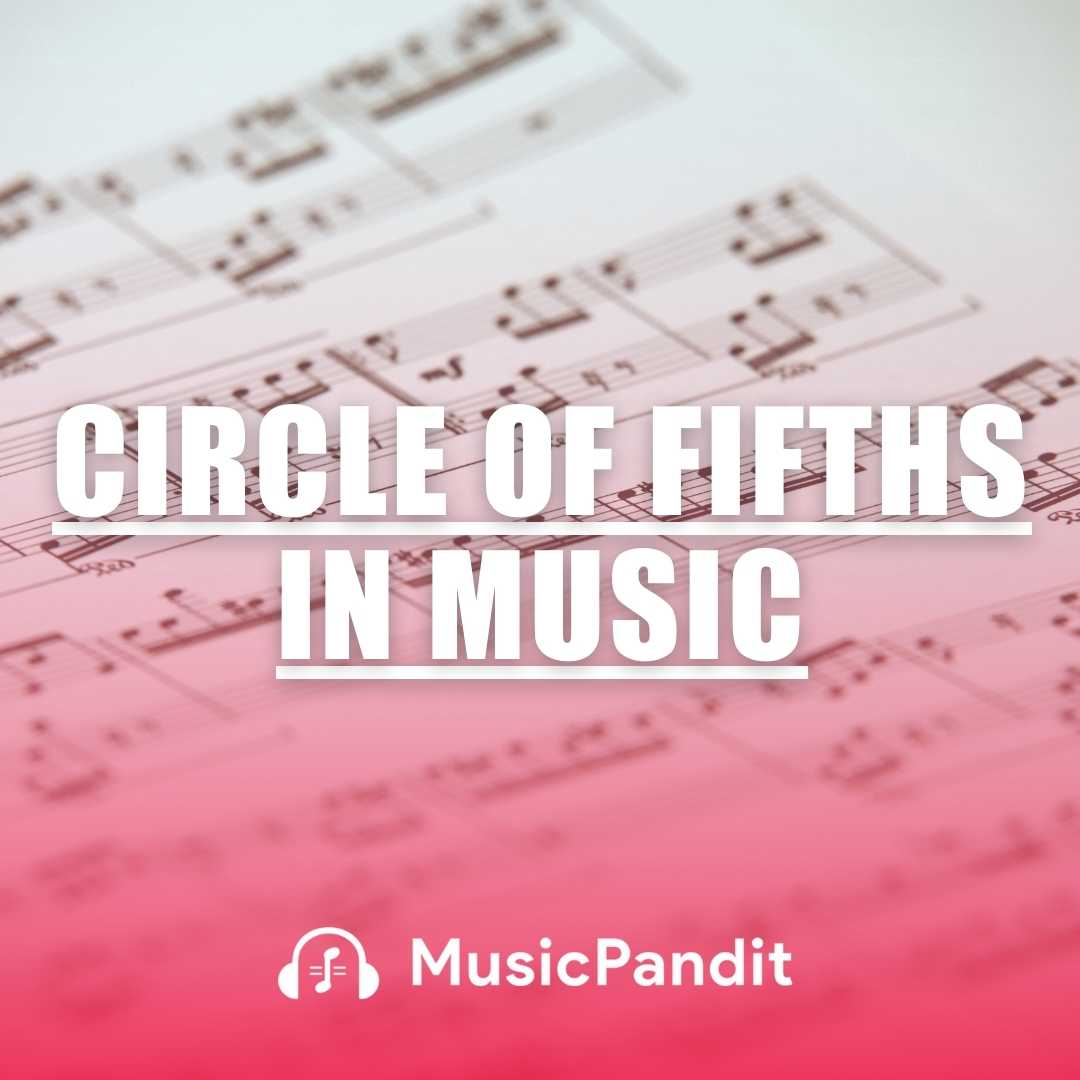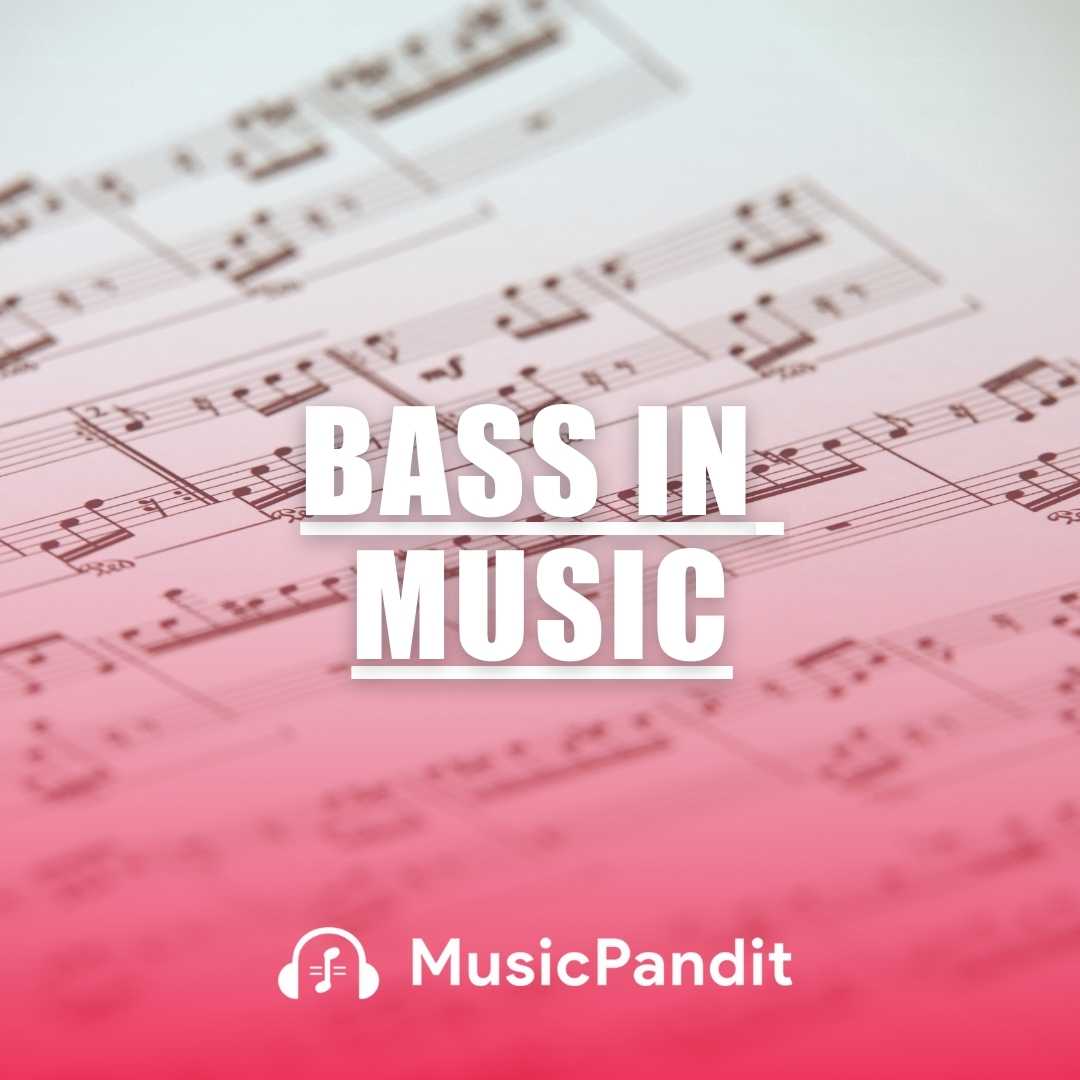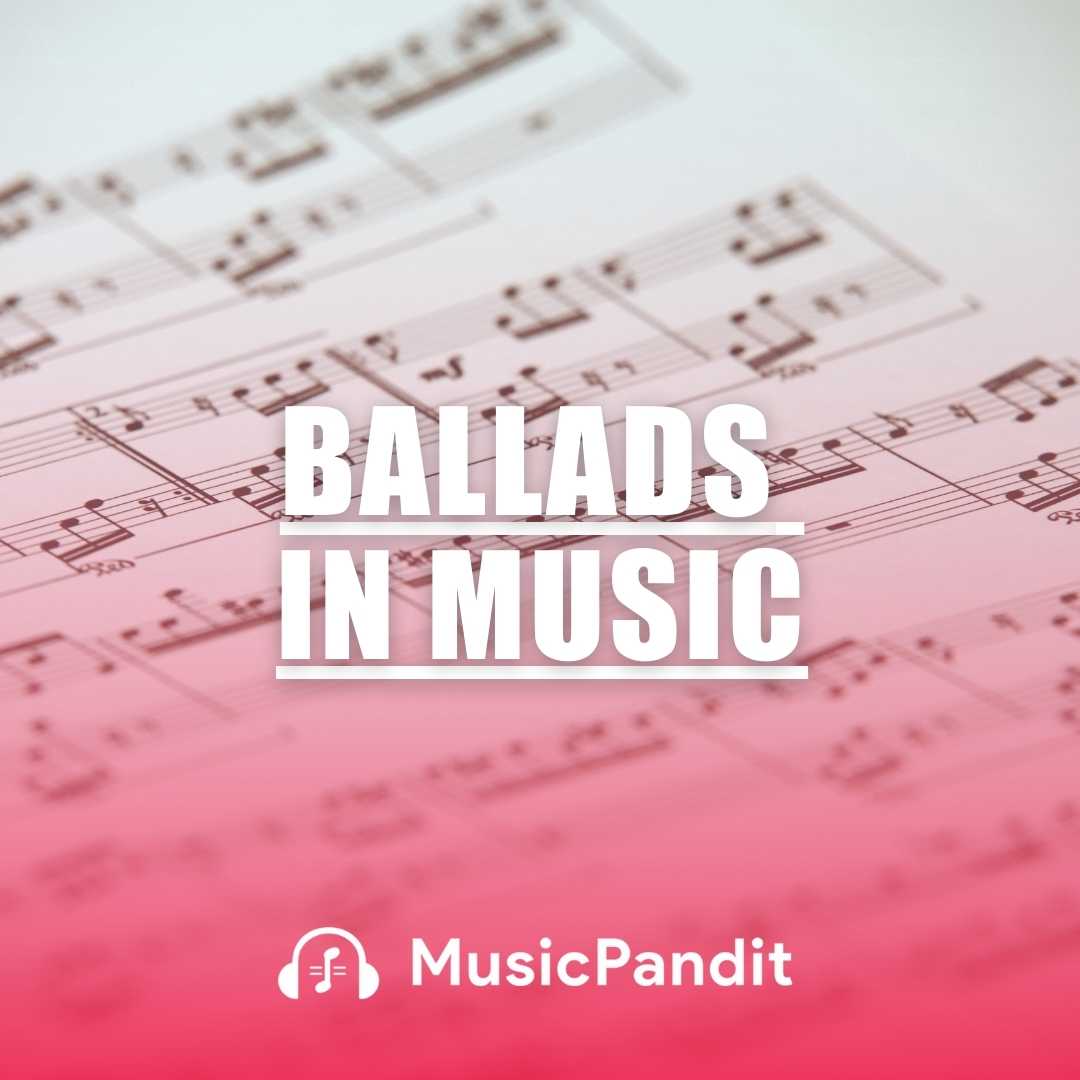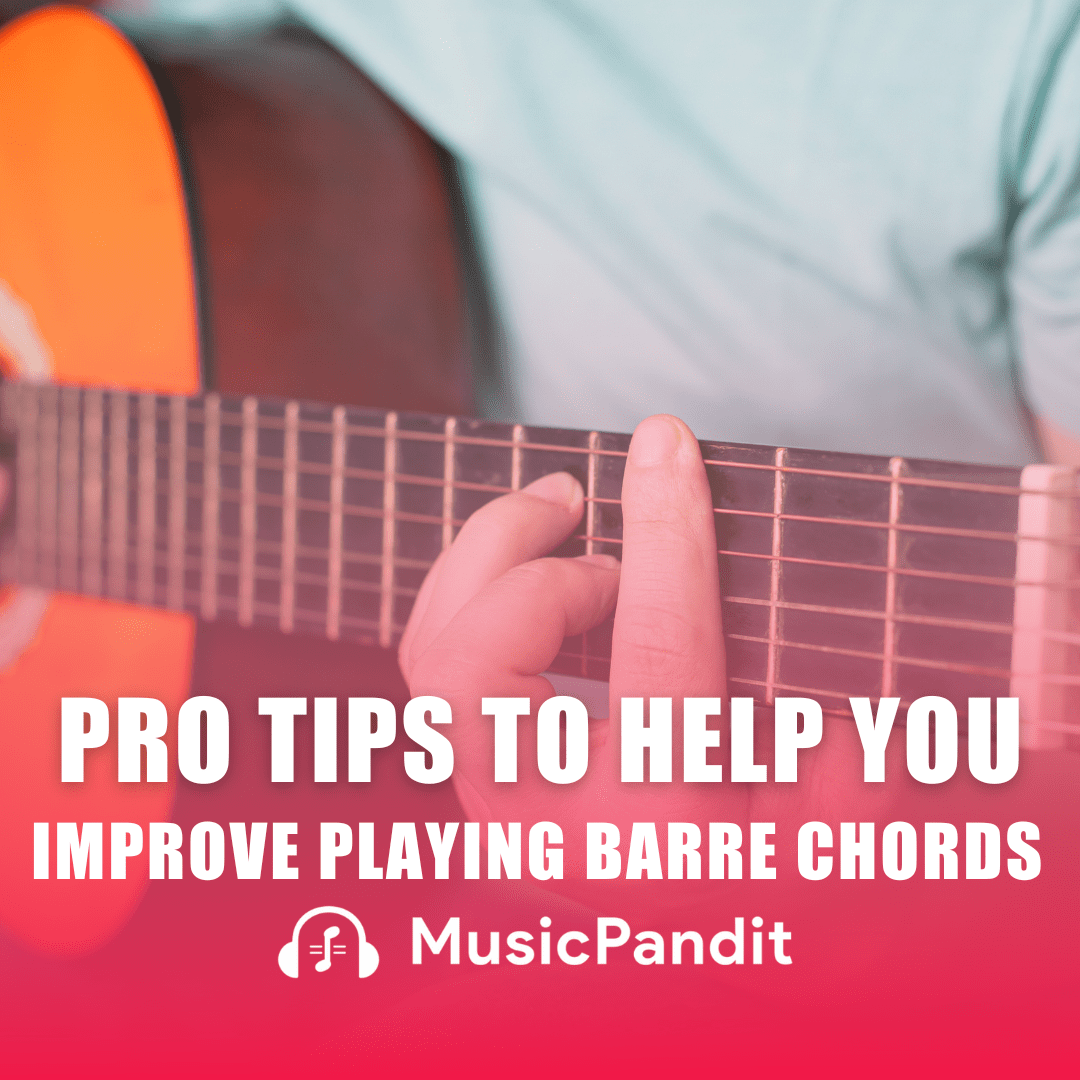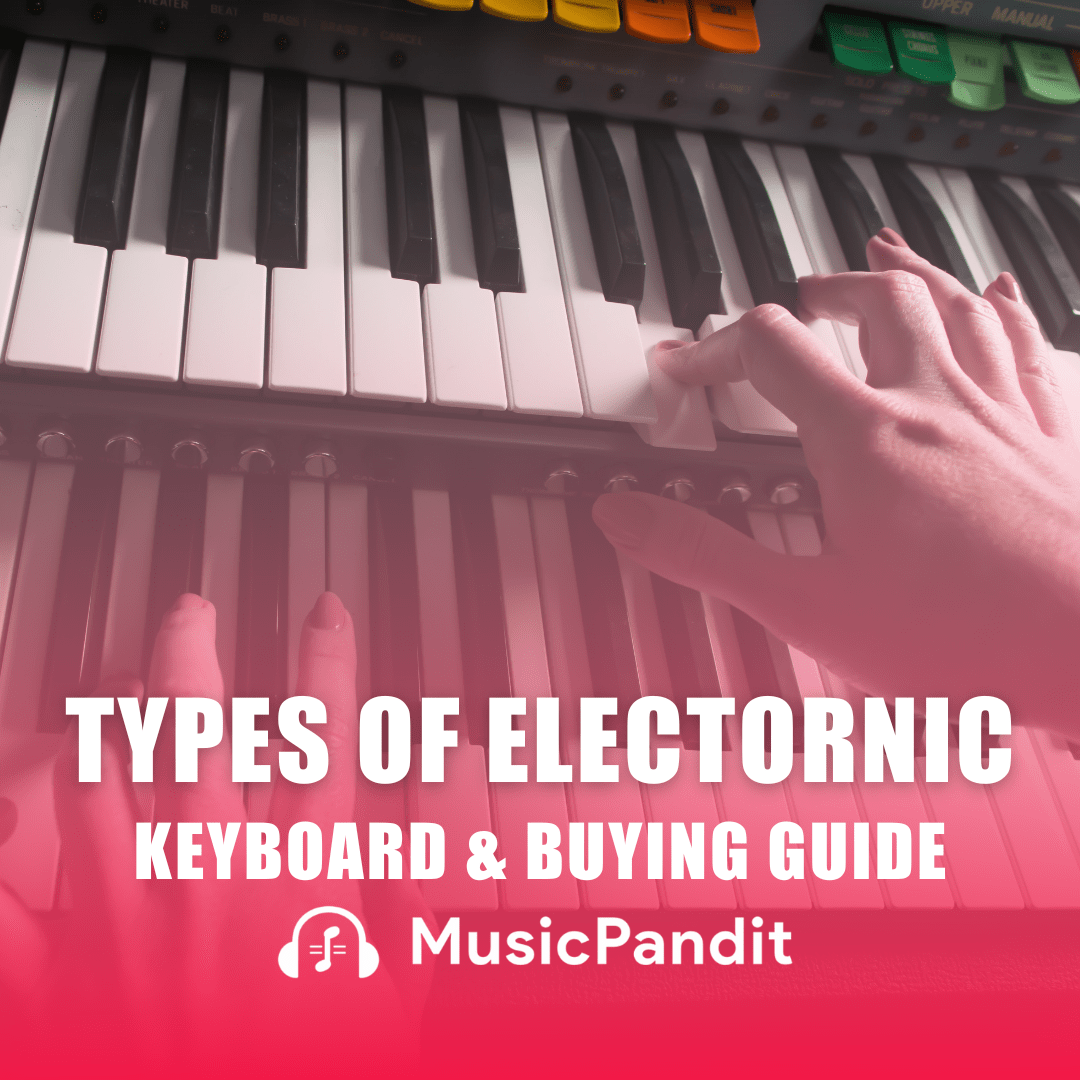Have you ever listened to music and noticed how some sounds seem to linger in the air, creating a rich and immersive experience? That magical quality is known as reverb, or reverberation.
Reverb plays a crucial role in music production and performance, helping to create atmosphere and depth. In this article, we will explore what reverb is, why it’s important, how to set it up, its various uses, benefits, and much more!
What is Reverb?
Reverb is the persistence of sound after the original sound source has stopped. Imagine clapping your hands in an empty room: the sound bounces off the walls, creating a series of echoes that gradually fade away. This phenomenon is what we call reverberation. It’s like a sound’s natural echo, giving it a sense of space and dimension.
How Does Reverb Work?
When sound waves hit surfaces (like walls, floors, and ceilings), they reflect back into space, creating multiple sound waves that reach our ears at different times. The combination of these reflections gives rise to the perception of reverb. The characteristics of the room—its size, shape, and materials—affect how we hear reverb.
The Importance of Reverb in Music
Reverb is vital in music for several reasons:
Creating Space: Reverb helps to simulate the acoustics of different environments. A song can feel like it’s taking place in a small, intimate room or a large concert hall, depending on the reverb settings.
Adding Depth: By blending different sounds, reverb adds depth to a mix, making it feel fuller and more engaging.
Enhancing Emotion: Reverb can evoke emotions by creating a sense of nostalgia or drama. For instance, a long reverb tail can make a vocal performance feel more haunting or ethereal.
Improving Clarity: In some cases, reverb can help clarify instruments by providing a smoother blend, making it easier for listeners to distinguish different parts of a song.
Setting Up Reverb
Setting up reverb in your music production environment is a simple process. Here’s how you can do it:
- Choose Your Reverb Type
There are different types of reverb you can use, each with its unique sound:
Room Reverb: Simulates the sound of a small room.
Hall Reverb: Mimics a large concert hall, creating a spacious sound.
Plate Reverb: Uses metal plates to create a bright and smooth reverb sound.
Spring Reverb: Typically found in guitar amplifiers, it gives a bouncy, vintage sound.
- Add Reverb to Your Track
In most digital audio workstations (DAWs), you can add reverb as an effect to individual tracks or to the overall mix. Here’s how:
Insert Effect: Go to the effects section of your DAW, find the reverb plugin, and insert it onto the track you want to affect.
Use Send Effects: You can create a reverb bus, where multiple tracks send their signals to the same reverb effect, allowing for a more cohesive sound.
- Adjust Reverb Parameters
Most reverb effects have adjustable parameters that allow you to customise the sound:
- Pre-Delay: The time between the original sound and the reverb effect. This helps maintain clarity.
- Decay Time: How long the reverb lasts after the sound stops. Longer decay times create a more spacious feel.
- Wet/Dry Mix: This controls the balance between the original sound (dry) and the reverb effect (wet). A higher wet mix creates a more pronounced reverb.
Uses of Reverb in Music
Reverb can be used in various ways across different genres of music. Here are some common uses:
- Vocals
Adding reverb to vocals can make them sound more polished and professional. It helps the voice sit better in the mix, especially in ballads or emotional songs.
- Instruments
Different instruments benefit from reverb in unique ways:
Guitars: Reverb can give electric guitars a lush, atmospheric sound, especially in genres like rock and ambient music.
Piano: Applying reverb to piano can enhance its resonance, making it sound more expressive and fuller.
Drums: Adding reverb to drum sounds can create a sense of space and rhythm, especially in dance music.
- Film and Video Game Soundtracks
Reverb is often used in film and video game soundtracks to create immersive environments, helping to draw the audience into the story.
- Live Performances
In live performances, musicians use reverb to enhance their sound, making it feel more dynamic and engaging for the audience.
Benefits of Using Reverb
Using reverb in music offers several benefits:
Enhances Creativity: Experimenting with reverb can inspire new ideas and sounds, leading to more creative compositions.
Improves Mixing: Reverb helps to create a sense of space in mixes, making it easier to balance different elements and ensuring that each instrument is heard clearly.
Professional Sound: Proper use of reverb gives your music a polished, professional quality that can impress listeners and potential audiences.
Flexibility: With various types of reverb available, musicians can tailor the sound to fit their specific genre and artistic vision.
Related Topics to Explore
As you learn about reverb, you may also want to explore these related topics:
- Echo
While reverb creates a sense of space, echo is a distinct effect where the sound repeats after a short delay. Understanding both can help you manipulate sound more effectively.
- Delay
Delay is similar to echo but can be used in various creative ways. It allows you to create rhythmic effects that can enhance your music.
- Compression
Compression is another important audio effect used in mixing. It controls the dynamic range of a sound, making quiet parts louder and loud parts quieter.
- EQ (Equalization)
EQ helps you balance the frequencies in your mix. Using EQ in combination with reverb can help shape your sound and make it more cohesive.
Instrument-Specific Reverb Settings
Different instruments may require specific reverb settings. Here are some tips for using reverb with various instruments:
- Vocals
- Pre-Delay: 20-40 ms (helps keep clarity)
- Decay Time: 1-3 seconds (depending on the song’s mood)
- Wet/Dry Mix: 20-30% wet (to avoid drowning the voice)
- Pre-Delay: 10-30 ms
- Decay Time: 1-2 seconds
- Wet/Dry Mix: 25-50% wet (for a lush sound)
- Drums
- Pre-Delay: 0-10 ms (to keep the punchy sound)
- Decay Time: 1-3 seconds (for a spacious feel)
- Wet/Dry Mix: 10-20% wet (to maintain impact)
- Pre-Delay: 20-50 ms
- Decay Time: 1-3 seconds
- Wet/Dry Mix: 25-40% wet (to enhance resonance)
Conclusion
Reverb is an essential tool in music that helps create atmosphere, depth, and emotion. Understanding how to use it effectively can greatly enhance your music production and performance skills. As you continue your musical journey, experiment with different reverb settings and effects, and discover how they can transform your sound.
Remember, the key to mastering reverb is practice and experimentation. So, don’t be afraid to explore and find what works best for your music!

